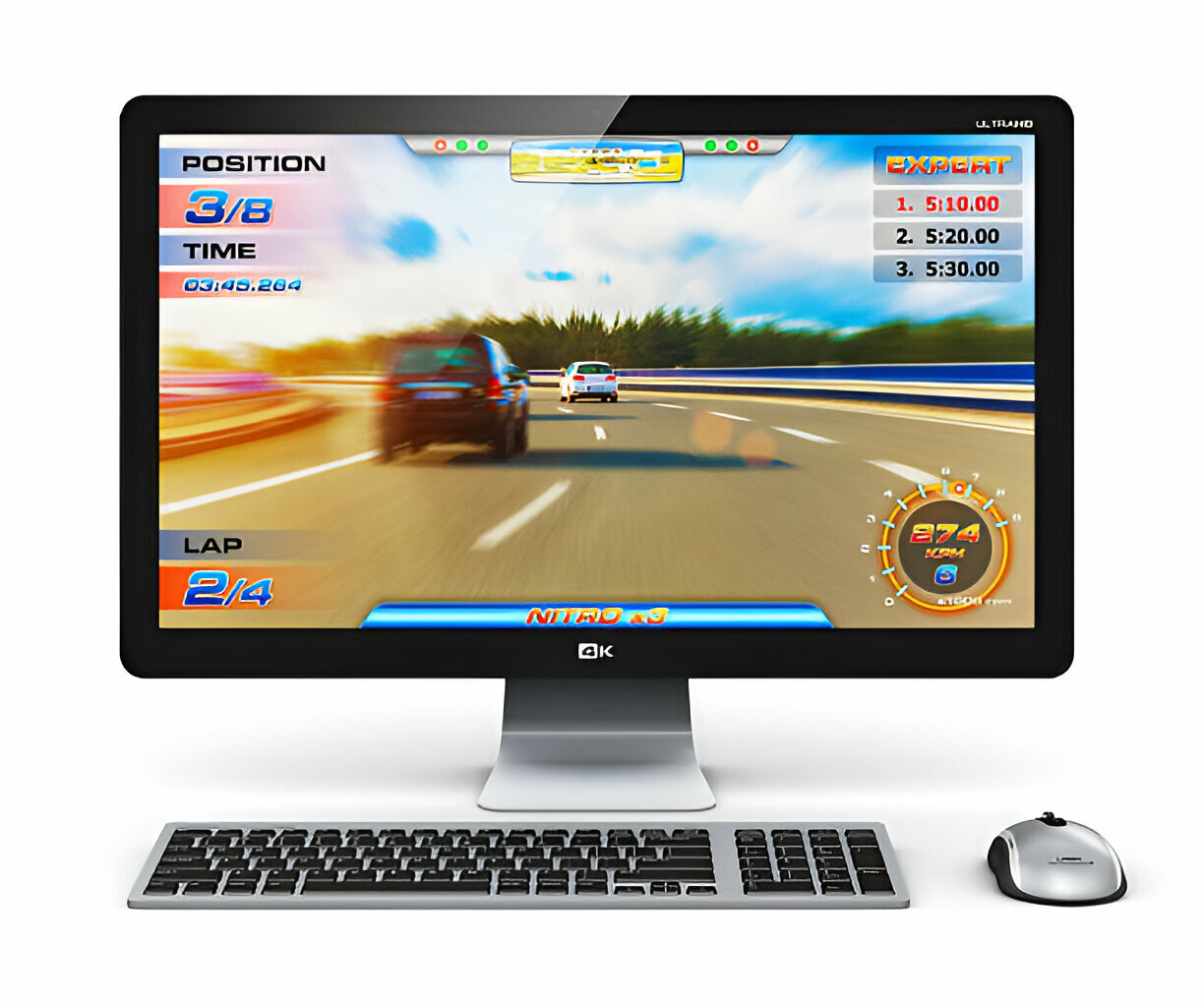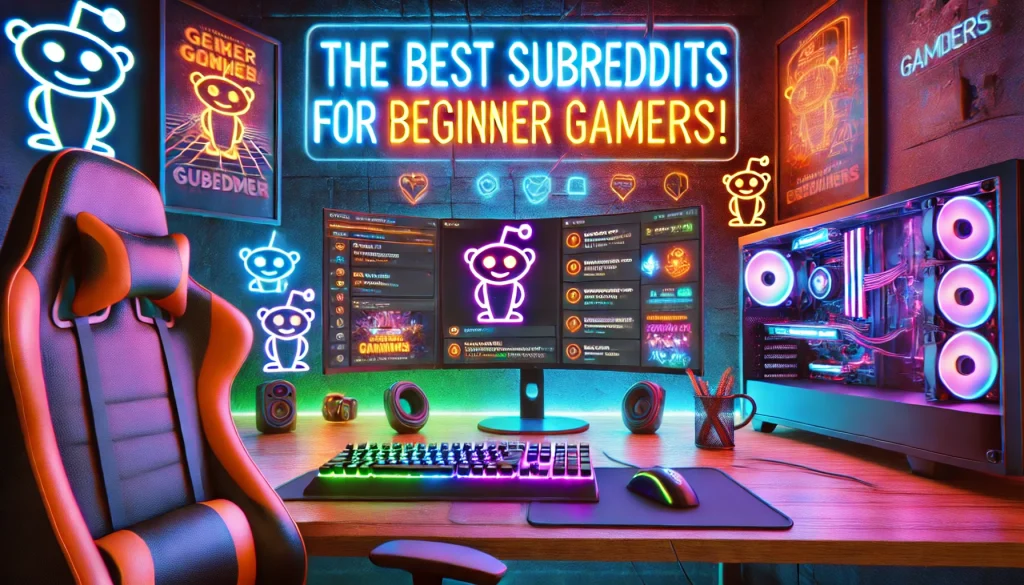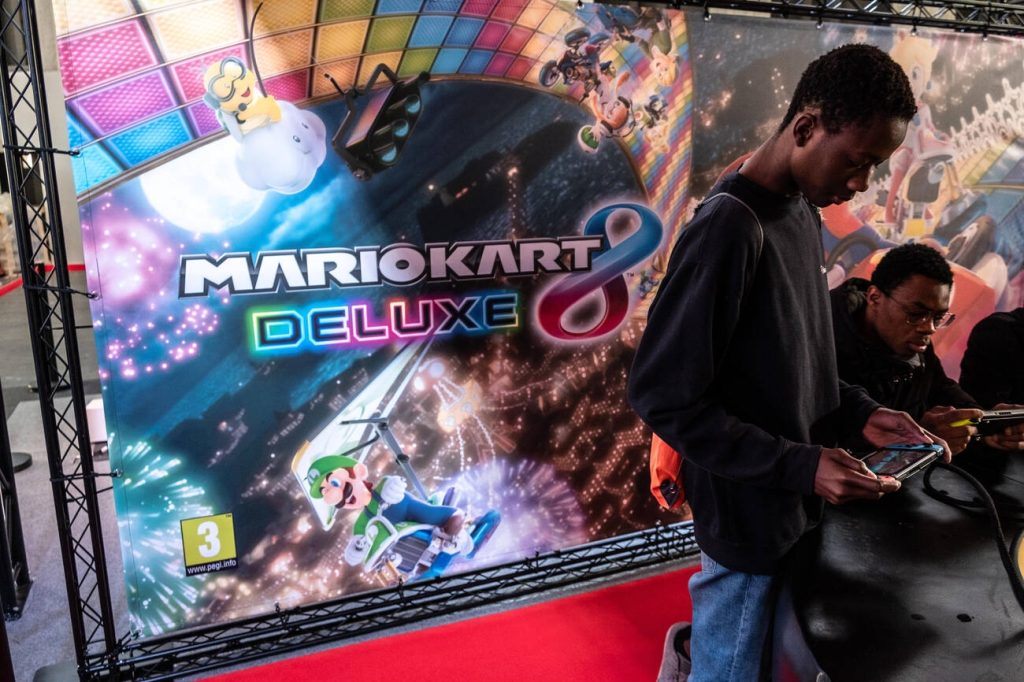With time, racing games have become more challenging and mind-engaging, having transformed from simple racing tracks with pixels to more realistic ones. Gaming technology has also advanced to meet the demands of players in pursuit of a real-life gaming experience. Hence, over the years, some game titles became benchmarks and with their influence, changed the course for games and gamers alike. In this discussion, we focus on six legendary racing games that we can consider to be the pioneers in this particular genre of the game industry. Keep reading:
Gran Turismo (1997)
The release of Gran Turismo in 1997 was initially felt as the most awaited game changer in the world of racing simulation games. This game was developed by Polyphony Digital Company and published by Sony Computer Entertainment. It was the result of five years of hard work. It provided minimal standards for realistic racing games that put much effort into examining the car models and the realistic driving mechanism.
Undoubtedly, the first thing that struck the eye in “Gran Turismo” was its immense list of cars available for purchase. The game was packed with more than 140 finely rendered vehicles from different brands. Hence, players were never left with a shortage of vehicle types to use, and each vehicle had its own attributes and behaviors.
Need for Speed: Underground (2003)
For every player fascinated by speed, “Underground” intensified the essence of street racing games by taking you into a different style of racing in a colorful world of underground culture. Created by EA, this series was launched in 2003 and broke from the usual racing pattern of earlier titles. It was initiated by presenting players with the world of unlawful street racing and night-time chases. Streets in the urban racing sequences were lit at night with rain falling and traffic, giving the real feel of adrenaline rush of actual street racing.
Forza Motorsport (2005)
Considered the major competitor to the famous Gran Turismo, which had previously been released for PlayStation, “Forza Motorsport” was released in 2005. It was created by a group known as Turn 10 Studios and published by Microsoft Game Studios. “Forza Motorsport” was designed to offer training to each console system’s gaming limits.
Its advanced visuals and graphics made it stand out among other racing games of that time. The game produced incredible, near-life-like images of both the cars and the racing tracks. It was designed with realistic lighting effects techniques, sharp texturing, and high-polygon models.
Toyota Corolla Levin AE86 in Initial D Arcade Stage (2002)
Released in 2002, Toyota Corolla Levin AE86 game managed to capture the thrilling experience of Japanese street racing and drift culture for arcade-goers around the world. Set in the fictional world of ‘Initial D’ based on an anime and manga series, the game challenges players to race on mountain passes.
Players who engaged in the game tended to compare the attention that they needed to extend to their automobiles in the game. They devoted this attention to looking after their automobiles in real life situations such as using Toyota car covers to guard their vehicles from harsh weather conditions or regular oil changes to reduce friction. This focus on automobiles helped players interact with their counterparts in a more exciting manner. It emphasized the cultural relevance of the game and the franchise from which it was drawn, drawing attention to the psychology behind puzzle games as it also focuses on strategy and problem-solving skills.
Burnout 3: Takedown (2004)
The racing video game created by Criterion Games and published by Electronic Arts in 2004 was unique in its own ways. First, unlike earlier racing games that tried to depict a realistic simulation of the real world and precise controlling of car’s movements, “Burnout 3” was all about fun and mindless destruction.
Secondly, it was the car’s unique crash mode, in which the player was given a specific incentive to create as many traffic pile-ups as he could. This mode changed crashes into entertainment and rewarded players for the extent of the mess made and how they used the surroundings’ items and infrastructure to increase it.
Mario Kart 64 (1996)
Although Mario Kart 64, released by Nintendo in 1996, fails to qualify as a racing simulation, millions of players were formally introduced to the world of kart racing. This game was based on the groundwork created by the previous game, “Super Mario Kart,” but it added many touches that fascinated players all around the world.
The move to 3D graphics led to much more complex and creative track layouts featuring everything from the dangerous Rainbow Road to the slippery curves of Sherbet Land. These tracks were designed strategically to invite challenges in the form of obstacles.
Conclusion
The six racing games played a key role in shaping the racing genre. Whether through realistic simulations, chaotic arcade fun, or cultural authenticity, these titles not only defined their respective eras but also left a lasting legacy that continues to influence modern racing games.








